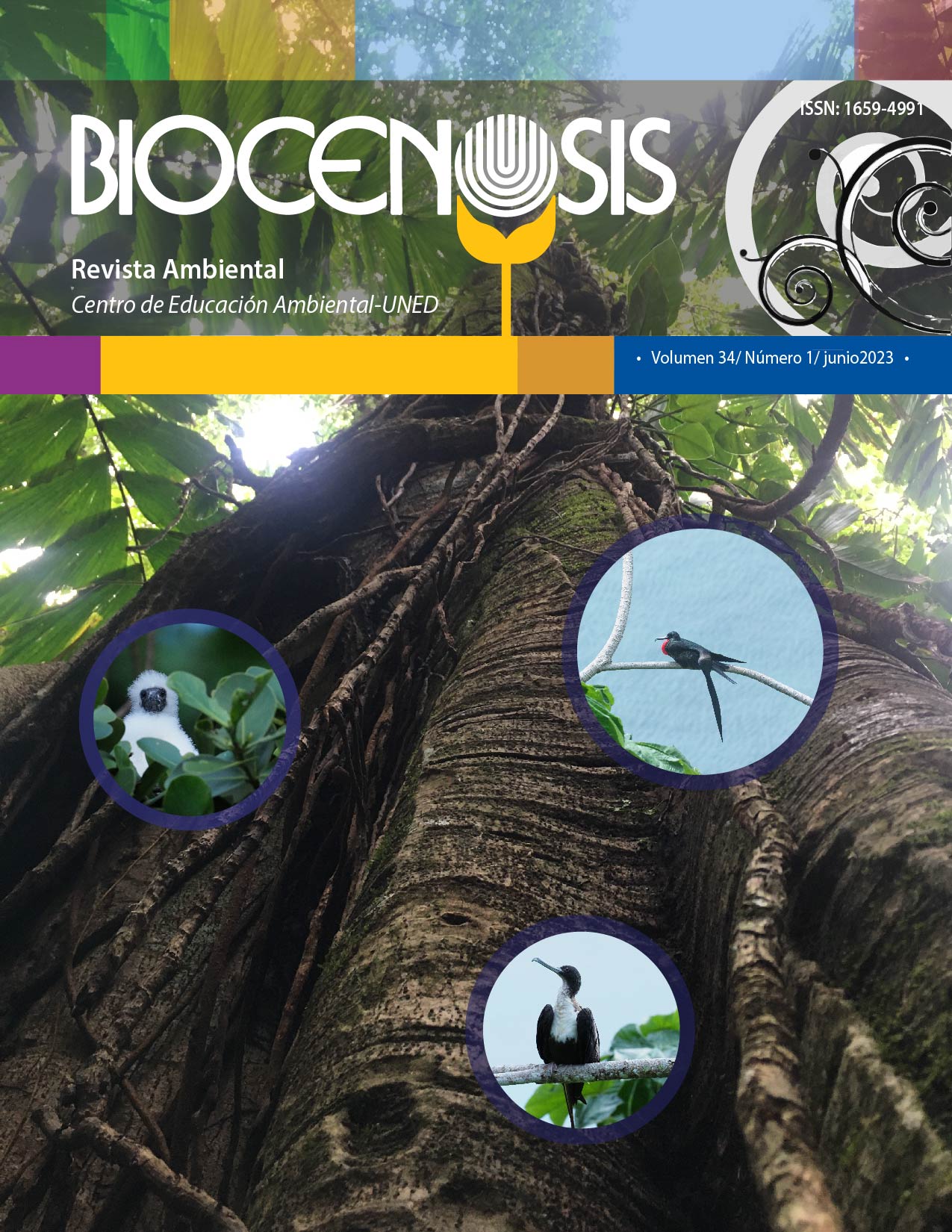Taxonomic diversity and the species-habitat interaction network are key elements in a landscape approach for the conservation of arthropods in the dry forests of Costa Rica
DOI:
https://doi.org/10.22458/rb.v34i1.4824Keywords:
beta diversity, biodiversity conservation, habitat heterogeneity, environmental filter, Palo VerdeAbstract
When making decisions about which areas should be preserved and included in the management plans of parks, forests, and other important areas for biodiversity conservation, it is crucial to take into account the diversity of current habitats and species. However, it is common not to consider the interactions between the different elements of the environment, nor to recognize the importance of understanding a specific site as an integrated ecosystem. To evaluate the structure of arthropod communities, a landscape design and two approaches were used: the taxonomic diversity approach and the interaction network analysis approach. The effects of landscape composition on true diversity, beta diversity, and the interaction between landscapes and species were investigated. The study was conducted in Palo Verde, one of the last remnants of dry forest in Costa Rica, where 399 individuals of 34 arthropod morphotypes were sampled. At the landscape scale, the results highlight the positive relationship between dense vegetation and the difference between the percentage of moderate vegetation in landscapes with, respectively,
dominant species diversity and beta diversity and the turnover of arthropod species. The results indicate that landscapes that have a higher difference in moderate vegetation can be more heterogeneous and, therefore, more effective in conserving arthropod biodiversity in Palo Verde landscapes. Additionally, a higher proportion of dense vegetation contributes to maintaining
diverse communities, stable in terms of species dominance and greater connectivity with other landscapes.
Published
How to Cite
Issue
Section
License

This work is licensed under a Creative Commons Attribution-NonCommercial-ShareAlike 4.0 International License.
